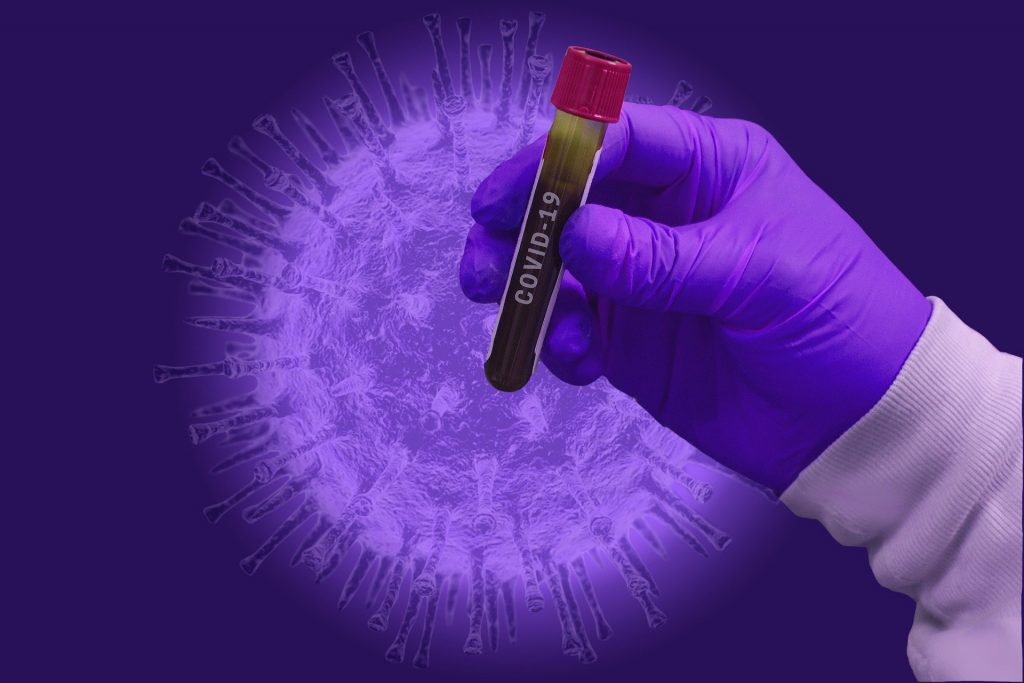For patients that have experienced moderate or severe COVID infections, the symptoms of the disease can be persistent and negatively impact balance, endurance, cardiovascular health, strength, cognition, overall function and quality of life long after the acute phase of the disease.
Through research and case studies we are continuing to learn more about COVID and the long-term effects of the disease. At this time, we know that there are significant negative long-term effects to multiple systems in the body. A multidisciplinary team can help patients throughout their recovery.
Doctors of physical therapy in particular, as movement specialists and rehabilitation experts, have the knowledge and expertise to manage and treat post-COVID neurological, neuromuscular, cardiovascular and musculoskeletal long-term impairments of the COVID disease.
Why do some patients continue to experience symptoms?
The pathophysiology of the COVID-19 virus makes it possible for multiple organs and systems to be negatively affected. The virus attaches itself to ace2 inhibitors found in multiple organs including the lung, liver, kidney, brain and the lungs. The disease process is characterized by profuse and severe inflammation of the membranes that line the inside of the heart as well as blood vessels and hyper-coagulability of the blood. The combination of severe inflammation and abnormal blood clotting has the potential to cause multiple organ involvement.
What symptoms do patients continue to experience?
Depending on the severity of COVID-19 virus, patients may continue to experience decreased cardiovascular endurance and local muscular endurance after discharge and well after the acute phase of the virus. The combination of decreased activity, inflammation in the lungs, and persistent low oxygen levels leads to deconditioning.
Other cognitive symptoms have been reported such as impaired attention span, short-term memory loss, and difficulty following multi-step commands or instructions.
Neuromuscular symptoms such as global weakness, poor balance, impaired gait and decreased upper extremity strength have been reported. Decreased strength associated with neurologic involvement from the virus as opposed to disuse atrophy may take longer to recover.
Patients also commonly report persistent headaches.
What to do when the worst is over?
For COVID-19 survivors, the road to recovery can be far from over even after the worst symptoms have subsided. It’s important to be proactive and speak to your medical team about how you can continue to manage remaining symptoms and seek treatment whenever possible.
Mental health issues such as depression or severe cognitive deficits may be managed by a mental health professional.
The physical impairments of weakness, immobility and decreased endurance can be treated by a physical therapist.
Depending on the extent and severity of any cardiac injury sustained during the acute phase of COVID-19 ,you may need to engage in rehabilitation only under the direct supervision of a cardiologist. Many patients will continue to take anticoagulant medication.
A doctor of physical therapy will take a thorough history and request any medical records and labs to best understand the severity of your case. Vitals including heart rate, blood pressure, oxygen saturation, and respiration rate will be monitored throughout rehabilitation sessions. Risk factors for venous thromboembolism (VTE) will also be assessed.
In addition, your doctor of physical therapy will monitor your rate of perceived exertion (RPE) as this is a good indicator and correlates with how intensely the prescribed exercise is taxing your cardiovascular system.
Other neurological deficits such as impaired balance and gait can be addressed with balance retraining.
In addition, any disuse muscle atrophy can be targeted with carefully graded and monitored exercise.
ProFysio Physical Therapy provides outpatient physical therapy services in Aberdeen, Old Bridge, East Brunswick and Edison. Visit ProFysioNJ.com to learn more.

